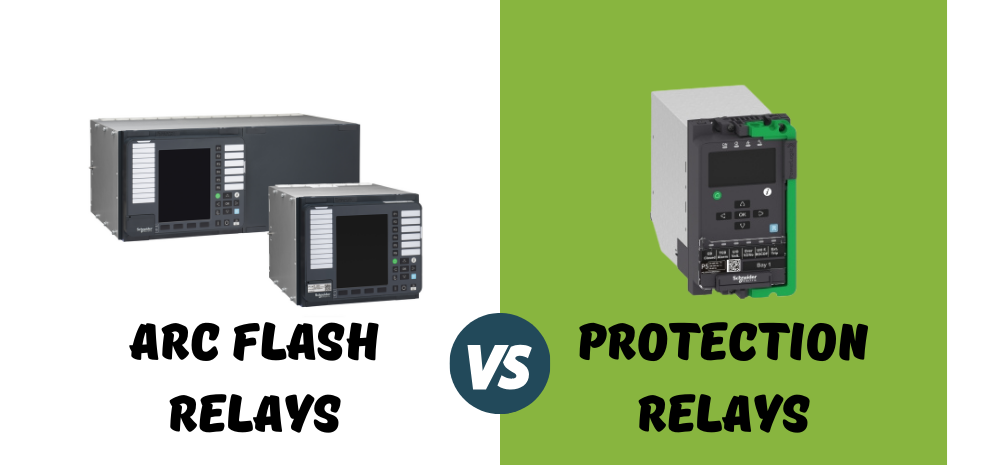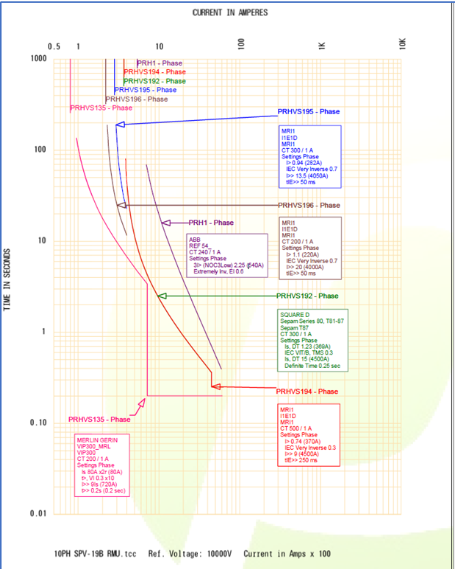Now on its 12th edition, the NFPA 70E Standard for Electrical Safety in the Workplace provides employers and workers with an OSHA recognised standard for working with, and addressing electrical hazards. It is updated every three years with the latest edition released for 2021. Here are some of the key changes:






DEFINITIONS
Throughout the latest edition there are a number of changes to definitions and wording to provide better clarification. Previous definitions were open to interpretation which resulted in variations depending on your area of work. To alleviate this and ensure conformity the 2021 edition includes heavily specified definitions, making them less open to interpretation and universal across all areas of work.
TRAINING
The NFPA 70E were ahead of their time when writing the 2021 edition and noted there was a need to recognise virtual training methods as well all classroom based. This resulted in a change to section 110.2(A)(4) – Type of Training which now reads “Classroom training can include interactive electronic or interactive web-based training components.” At Premium Power we run several arc flash and electrical safety training courses both online and offline taking into account the current travel restrictions and work from home orders.
NFPA 70E also made a small change to section 110.6(A)(3) adding ‘Additional Training’ to the title. It is not always necessary to undergo retraining in order to learn something new. In certain cases additional training on a specific area or topic is adequate. Our training courses can be tailored to suit the needs and requirements of your facility making training more efficient and beneficial. More information can be found here.
DOCUMENTATION
Documentation is an extremely important part of maintaining a safe working environment, it protects both the employer and employee and brings clarity to tasks. The 2021 edition sees the introduction of a new sub section that requires all electrical safety programs to include an electrically safe work condition policy that complies with 110.3 documentation sections. This correlates with the requirement in Article 120, ensuring the policy becomes part of the employers electrical safety program. The Correlating Committee also directed that all references to safety management systems and safety management standards be removed and relocated to an informative annex. Section 110.5 provides clarification on human error stating “The risk assessment procedure shall address the potential for human error and its negative consequences on people, processes, the work environment, and equipment relative to the electrical hazards in the workplace.”
In addition to this there is also a small change to 110.3 that states: “On multi-employer worksites (in all industry sectors), more than one employer can be responsible for identifying hazardous conditions and creating safe work practices.”
EQUIPMENT
This is another new section. It elaborates that: “Equipment shall be used in accordance with the manufacturer’s instructions.” This ensures conformity in the use of the equipment. Further information is also provided on Lockout Devices to align with OSHA 1910.333(b)(2)(iii)(E). It states that the following conditions must exist:
(a) Only one circuit or piece of equipment is de-energized.
(b) The lockout period does not extend beyond the work shift.
(c) Employees exposed to the hazards associated with re-energizing the circuit or equipment are familiar with this procedure.
CAPACITORS
Previously, capacitors only received a brief mention as one of the steps in the process of establishing an electrically safe work environment. In the 2021 edition they have been addressed as a new article 360 – Safety-Related Requirements for Capacitors. This article contains six sections:
- 360.1 Scope.
- 360.2 Definitions.
- 360.3 Stored Energy Hazard Thresholds
- 360.4 Specific Measures for Personnel Safety
- 360.5 Establishing an Electrically Safe Work Condition for a Capacitor(s)
- 360.6 Grounding Sticks
TESTING FOR ABSENCE OF VOLTAGE
New information was provided with examples of risk reduction methods while testing for the absence of voltage “Where the estimated incident energy exposure is greater than the arc rating of commercially available arc-rated PPE, then for the purpose of testing for the absence of voltage, the following examples of risk reduction methods could be used to reduce the likelihood of occurrence of any arcing event or the severity of exposure”. These are:
- Use non contact proximity test instruments or measurement of voltage on the secondary side of a low voltage transformer mounted in the equipment before using a contact test instrument to test for the absence of voltage below 1000 volts
- If equipment design allows, observe visible gaps between the equipment conductors and circuit parts and the electrical sources of supply
- Increase the working distance
- Consider system design options to reduce the incident energy level.
Further specifications were also given on rubber insulating gloves including the maximum use voltage and distance between gauntlet and cuff, details of which can be found in Table 130.7(C)(7)(a).
OTHER CHANGES TO NOTE
- The removal of IEEE 1584 equations – In 2018 the IEEE 1584 calculation method was updated from its previous 2002 edition. This has now been included in NFPA 70E 2021, however due to the complexity of these equations they are not included in Annex D.
- New guidance is given to users on how to select PPE using a battery risk assessment process when multiple hazards are present.
- And a new annex is added to include additional information regarding capacitors.
These are just some of the changes seen in the latest edition of NFPA 70E, a full list of changes can be found here.
To speak to one of our experts about your electrical safety program or to arrange electrical safety training please contact us at info@premium-power.com or +353 1 8105032













